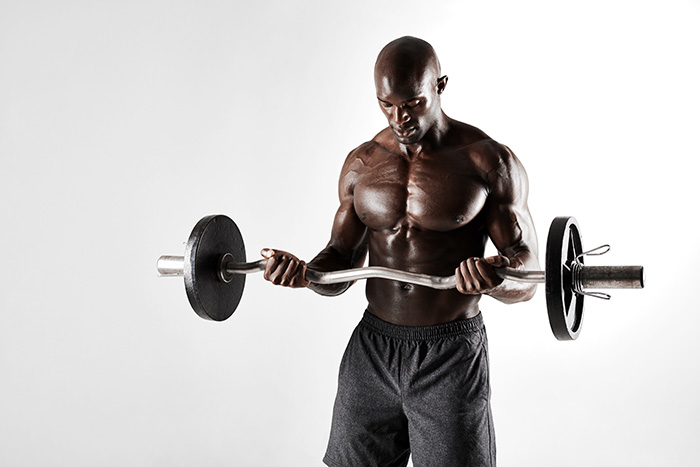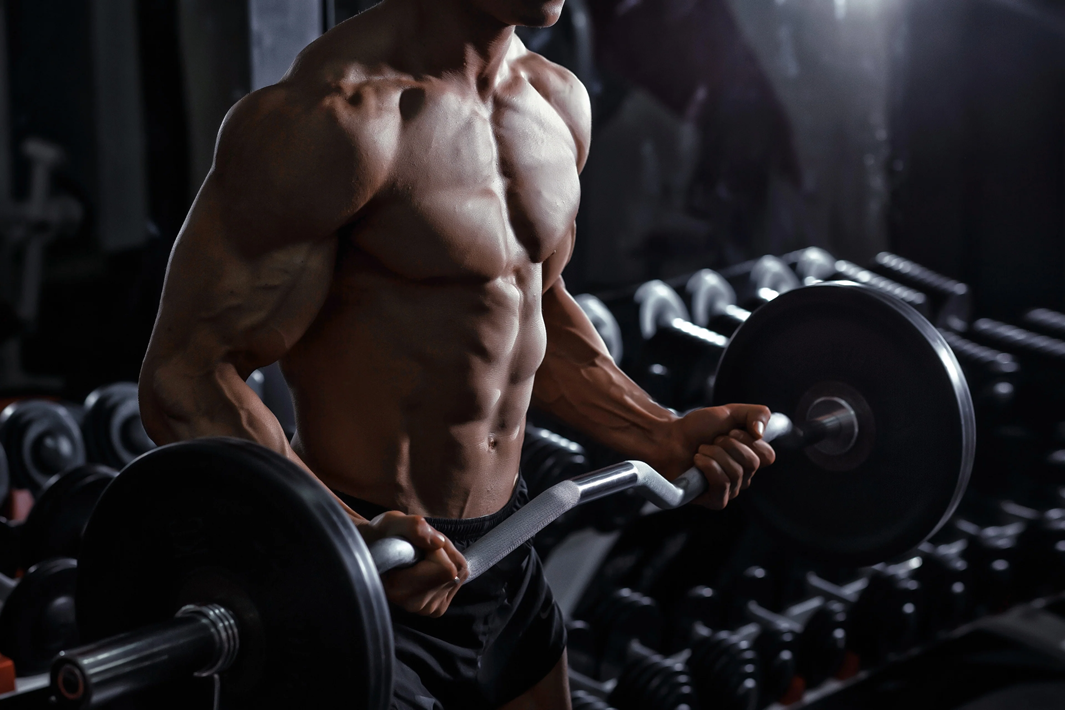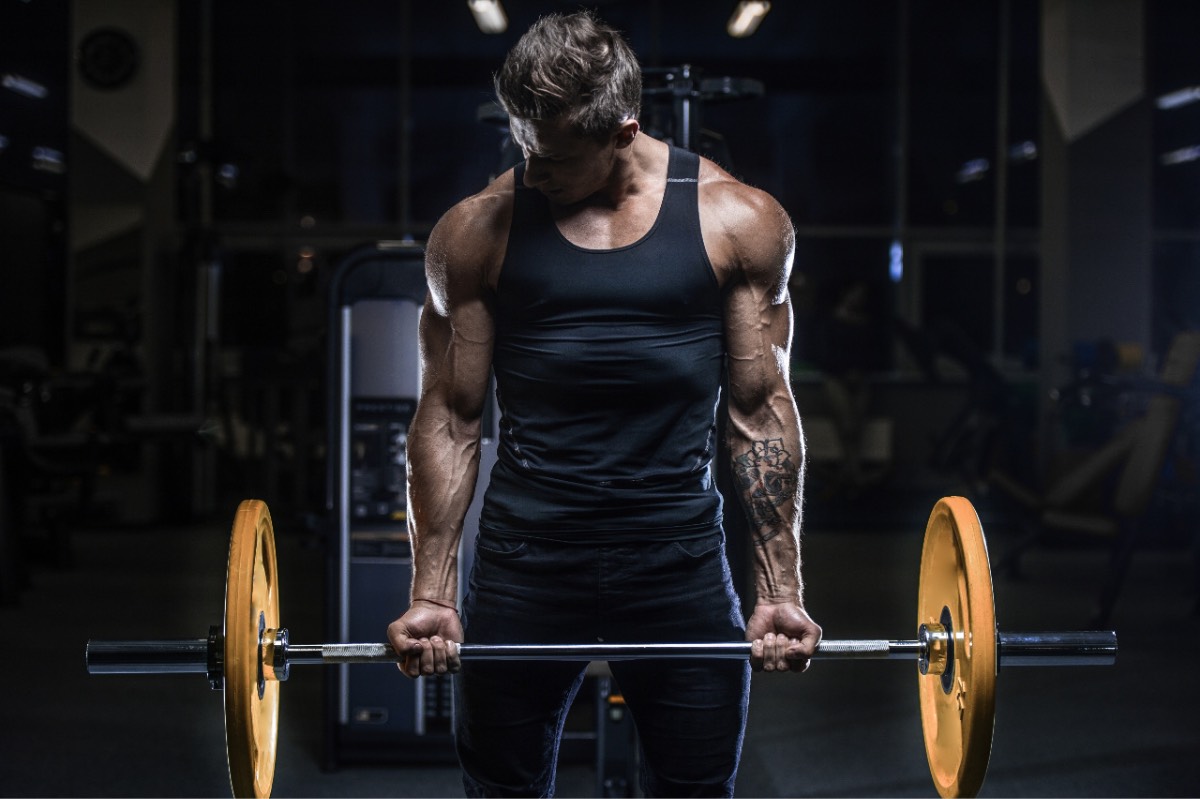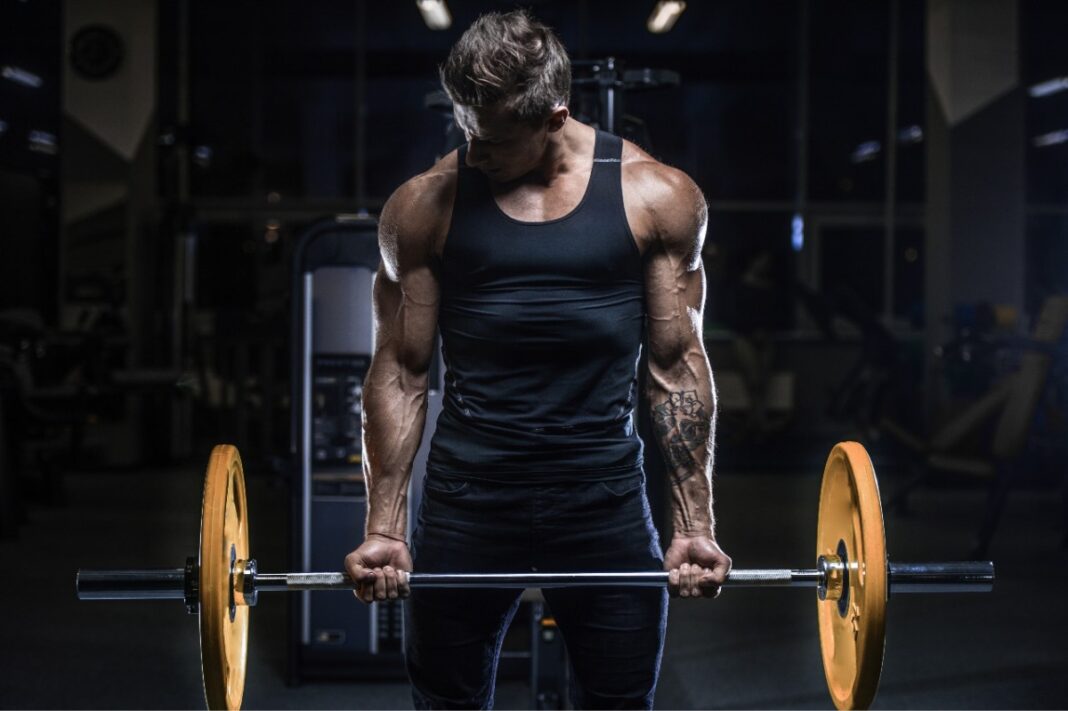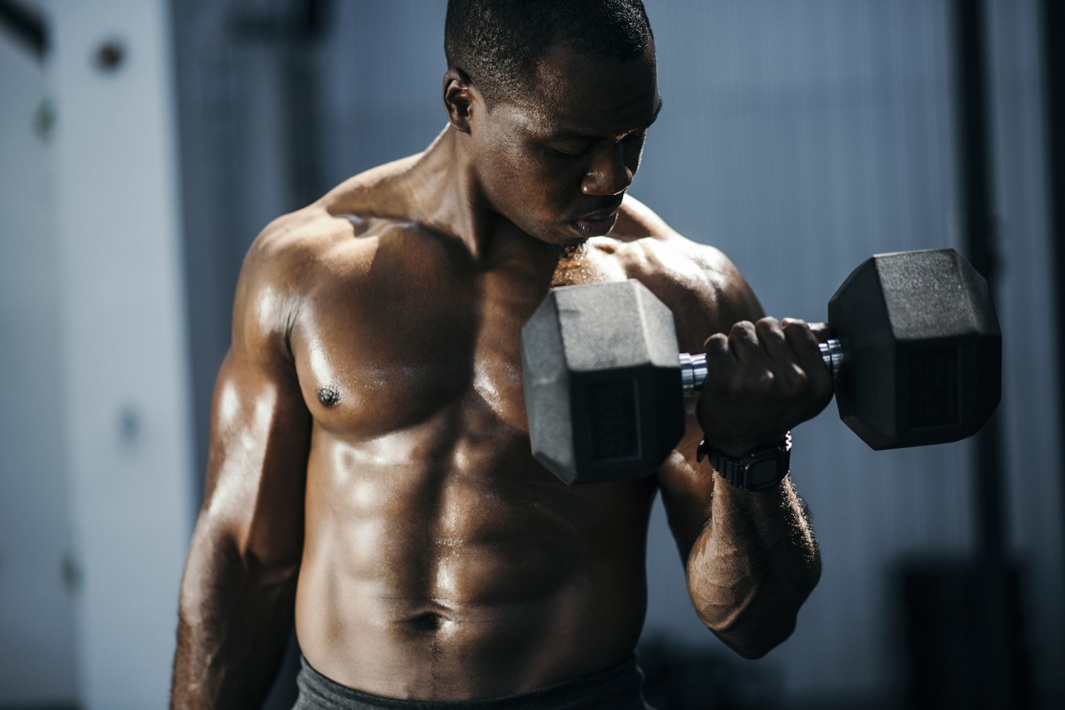Barbell Curl: The King of Biceps Builders
When you think of “big arms,” the first image that comes to mind is probably someone curling a barbell.
The Barbell Curl is the quintessential biceps exercise, and for good reason — it allows you to lift heavier than dumbbell curls, provides a strong stimulus for growth, and is a staple in every bodybuilder’s arm arsenal.
From Arnold Schwarzenegger to modern-day pros, the barbell curl has remained a non-negotiable in bodybuilding programs.
While it looks simple, there’s a big difference between curling for ego and curling for growth. The lifters who master strict technique and progressive overload build not just strength, but the kind of peaked, thick biceps that turn heads.
This guide breaks down how to execute the barbell curl perfectly, avoid common mistakes, customize variations, and program it for maximum size and strength gains.
Muscles Worked
- Primary Muscle:
- Biceps brachii (long head and short head).
- Secondary Muscles:
- Brachialis (under the biceps, adds thickness).
- Brachioradialis (forearm flexor).
- Forearm flexors (stabilizers).
👉 While the goal is to target biceps, the barbell curl also strengthens forearms and grip, making it more than just an isolation movement.
How to Perform the Barbell Curl (Step by Step)
Setup
- Choose a barbell (straight bar or EZ-bar).
- Load with appropriate weight — start lighter than you think to focus on form.
- Stand tall, feet shoulder-width apart, knees slightly bent.
- Grip barbell with an underhand (supinated) grip, hands about shoulder-width apart.
Execution
- Begin with barbell hanging at arm’s length, elbows close to sides.
- Brace core, keep chest up, and shoulders back.
- Curl bar upward by flexing elbows, keeping them pinned to your sides.
- Lift until bar reaches shoulder level or slightly below chin.
- Squeeze biceps hard at the top.
- Lower bar slowly back to starting position (don’t let it drop).
Breathing
- Inhale before lift.
- Exhale as you curl upward.
Tempo Recommendation
- Concentric (lift): 1–2 seconds.
- Peak contraction: 1–2 seconds.
- Eccentric (lower): 3 seconds.
Why the Barbell Curl Works
- Heavier Load = Greater Tension
- Both biceps heads are stressed under significant weight.
- Stability from Both Arms
- Curling with both arms allows more controlled overload than dumbbells.
- Proven Hypertrophy Stimulus
- Studies and decades of bodybuilding history prove its effectiveness.
Common Mistakes and Fixes
- Ego Lifting (Too Much Weight)
- Mistake: Swinging torso and shoulders to move bar.
- Fix: Lower the weight. Strict reps beat sloppy reps every time.
- Elbow Drift
- Mistake: Elbows move forward or flare out, reducing biceps tension.
- Fix: Keep elbows pinned to sides. Imagine them “hinged” at your ribs.
- Partial Range of Motion
- Mistake: Not lowering bar fully or not curling high enough.
- Fix: Full ROM for max growth — stretch at bottom, squeeze at top.
- Rushing the Eccentric
- Mistake: Dropping bar too quickly.
- Fix: Control the negative for 2–3 seconds.
- Wrist Position
- Mistake: Overextending wrists backward.
- Fix: Keep wrists neutral to avoid strain.
Variations and Alternatives
- EZ-Bar Curl
- Easier on wrists, slightly different angle of biceps activation.
- Wide-Grip Barbell Curl
- Emphasizes the short head of biceps (inner peak).
- Close-Grip Barbell Curl
- Targets the long head (outer biceps thickness).
- Reverse Curl (Overhand Grip)
- Shifts tension to brachialis and forearms.
- Seated Barbell Curl
- Shortens ROM, increases peak contraction.
Programming Guidelines
For Strength
- Sets/Reps: 3–5 sets of 4–8 reps.
- Load: Heavy, but strict.
- Rest: 2–3 minutes.
- Placement: Early in arm or pull workouts.
For Hypertrophy (Bodybuilding Focus)
- Sets/Reps: 3–5 sets of 8–12 reps.
- Tempo: Moderate lift, slow negative.
- Rest: 60–90 seconds.
- Techniques: Drop sets, rest-pause, or supersets with triceps.
For Endurance / Pump Work
- Sets/Reps: 3–4 sets of 15–20+ reps.
- Tempo: Controlled, minimal rest.
- Goal: Maximize metabolic stress and pump.
Barbell Curl in Training Splits
- Push/Pull/Legs: Place in pull day, after compound pulls.
- Upper/Lower: Use in upper day after rows/chins.
- Arm Day (Bro Split): Start with barbell curl for max overload, then move to isolations.
Example Arm Day (Bodybuilder’s Focus):
- Barbell Curl: 4×8–10
- Incline Dumbbell Curl: 3×10–12
- Preacher Curl: 3×12–15
- Hammer Curl: 3×12–15
- Cable Curl Finisher: 2×20
Bodybuilder’s Tips
- Don’t swing — control is king. Keep torso locked and let biceps do the work.
- Use progressive overload. Track your curls, increase weight/reps over time.
- Add pauses. Squeeze at the top for 1–2 seconds to maximize contraction.
- Try slow negatives. Eccentrics drive growth and protect joints.
- Cycle grips. Alternate close, medium, and wide grips for complete biceps development.
Strength vs Aesthetic Outcomes
- Strength Lifters: Barbell curl boosts pulling strength and elbow flexor capacity, helping stabilize compound lifts.
- Aesthetic Lifters (Bodybuilders): It’s a mass-builder — heavy loads + progressive overload = big, peaked biceps.
👉 In bodybuilding, the barbell curl is often treated as the “bench press for arms” — a foundation around which you build your other biceps work.
Practical Takeaways
- The Barbell Curl is the king of biceps exercises, combining overload, stability, and mass-building potential.
- Best performed strict, with elbows pinned and a controlled tempo.
- Works across strength, hypertrophy, and pump rep ranges depending on programming.
- Pair with dumbbell, cable, and machine variations for complete arm development.
- Ideal as a first or second exercise in any biceps workout.
Conclusion
If you want bigger, stronger arms, the Barbell Curl should never be absent from your program. It’s simple, effective, and time-tested — but only when executed with strict form and progressive overload.
For strength athletes, it builds pulling stability. For bodybuilders, it’s a cornerstone movement that lays the foundation for arm size and symmetry.
👉 Treat the Barbell Curl like a main lift. Respect the form, progress slowly, and combine it with smart programming.
Do that, and you’ll not only build bigger biceps — you’ll earn the kind of arm development that defines a powerful physique.

